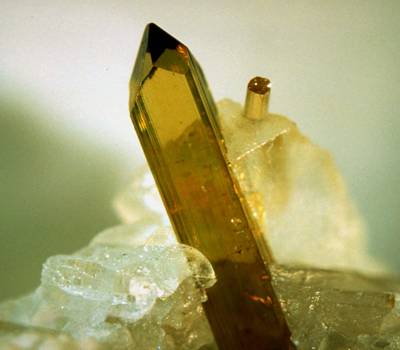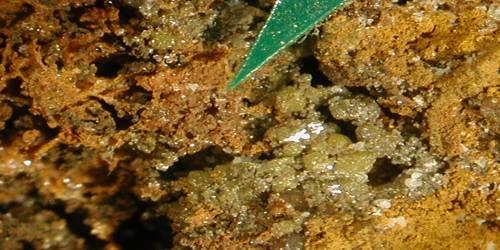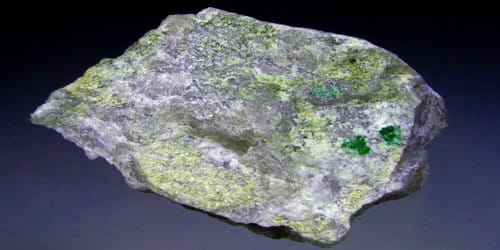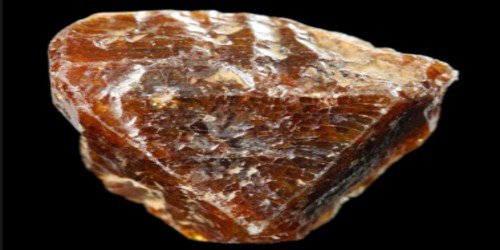Brezinaite, discovered in 1969, is a rare mineral composed of chromium and sulfur. It was named in honor of Aristides Brezina (1848–1909), a past Director of the Mineralogy-Petrology Section of the Natural History Museum, Vienna, Austria.
Brezinaite is a monoclinic-prismatic brownish gray mineral containing chromium and sulfur. It is found in meteorites, such as the Irwin-Ainsa meteorite (Tucson meteorite), its type locality. It was also found in the New Baltimore meteorite and the Sikhote-Alin meteorite.
General Information
- Category: Sulfide mineral
- Formula: Cr3S4
- Crystal system: Monoclinic
- Crystal class: Prismatic (2/m) (same H-M symbol).

Properties
- Color: Brownish gray, gray
- Mohs scale hardness: 3.5-4.5
- Luster: Metallic – dull
- Diaphaneity: Opaque
- Specific gravity: 4.12
- Transparency: Opaque
- Hardness: 3½ – 4½ on Mohs scale
- Density: 4.12 g/cm3 (Calculated)
Occurrence: In the metal matrix and contiguous to silicate inclusions (Tucson iron meteorite).
Association: Forsterite, enstatite, aluminous diopside, anorthite, feldspathic glass, kamacite, taenite, schreibersite (Tucson iron meteorite); troilite, carlsbergite, daubreelite (New Baltimore iron meteorite).
Information Source:
















